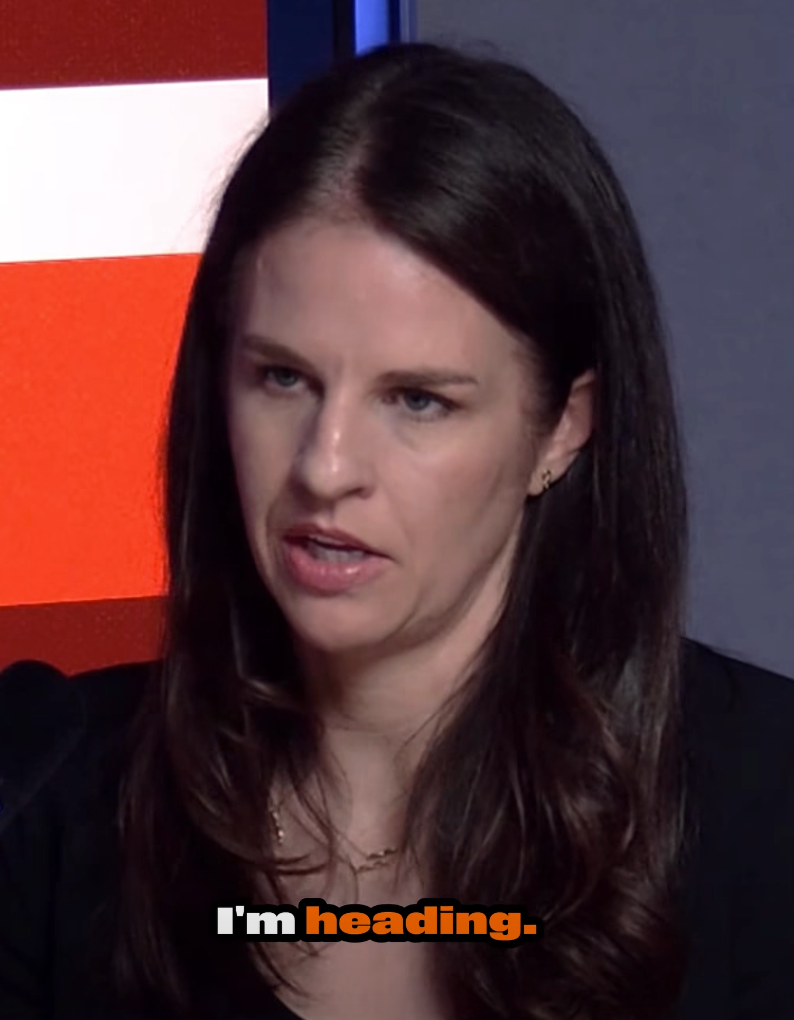The wolf at the door: debunking stereotypes in education
- May 22, 2023
- 3 min read
Updated: May 26, 2023
by Rebecca Thomas

Whilst the media and politicians are doing their best to drum up even more cynicism in our educators and educational establishments, what can we do to keep the wolf from the door? What can we do to increase engagement and professional growth where our workforce feels valued and understood?
Last week in the media there were many provocative headlines from suspended strike action, to teachers relying on AI to catch cheating students: from teachers leaving the profession in droves, to the singled out Primary Education Sector who are apparently disappointed with the budget. Which headlines caught the eye of your own negativity bias today, last week, last month?
Messages that reinforce incompetence and negative stereotypes of a burnt-out disengaged workforce will eventually feed that self-fulfilling prophecy, decreasing our job satisfaction and continue to erode our trust and collaboration. To combat these negative connotations and boost our workforce morale we need to foster a culture of respect, inclusivity, and appreciation within our own school cultures.
We all know that the relationship between teacher and student is at the heart of any thriving education system, we need to trust our teachers with their work and treat them as the professionals we know they are. A healthy ecosystem empowers its teachers, encourages them, nurtures their growth and development, to which end we need to envelope them in a climate of trust.
How do we engender a climate of trust?
Being able to create the right school culture in an atmosphere where there is so much suspicion and mistrust is challenging, but not elusive. It starts and is dependent on just how vulnerable the senior leadership team in a school is willing to be.
Trust is a socially constructed concept; it means different things to different people. If you need it to create the right conditions for empowerment and growth, how can you create a trusting environment and how would you even begin measure it?
‘What is worth measuring is often hard to measure.’
- John Tomsett
Dr. Paul Browning, a principal from Australia, undertook a doctorate to learn about the behaviours highly trusted leaders exhibit. He too wondered if we can measure
trust within transformational school leaders. What follows is a summary of the 10 practices that he noticed helped build trust, practices that helped to create a positive impact on school cultures.
#1 Be vulnerable: If a mistake happens, do you actively rectify it, openly apologise, or accept responsibility for it? If you make a bad decision, do you reverse it? Are you able to be vulnerable in front of people you lead?
#2 Offer Trust: How do you show your colleagues they are trusted professionally? Empower them to take charge and make decisions. Provide mentoring and coaching when invited, don't micromanage them.
#3 Active listening: Listen more than you talk. Ask clarifying questions and offer empathy. Articulate succinctly what has been said, and express how the person was feeling. Do you notice their body language and pick up on what may not have been said?
#4 Affirmation: Who have you thanked publicly/privately? Whose contributions have you acknowledged and valued this week?
#5 Confidence: Keep personal shared information private, only share information with permission.
#6 Consultative Decision Making: Value staff input and views, make timely informed decisions and communicate the justification for these decisions. Do you give staff feedback about why you have made a particular decision?
#7 Visibility: How often do you get out of the office? Have you been seen on the grounds interacting with parents, staff, students lately? Have you attended school events? Do staff have accessibility to you?
#8 Demeanour: Have you been calm and predictable with your interactions this week? Have you controlled your emotions and remained levelheaded?
#9 Coaching and Mentoring: Who have you given feedback to this week and encouraged to grow? What staff have moved onto promotional positions because of your support?
#10 Care and Concern: Extend care and genuine compassion for individuals, invest time in getting to know them as people, not just staff members.
If you truly want to measure your own success as a leadership team you can find a rubric designed by Dr. Paul Browning here on page 45.
Nurture the intellect of our profession and create a climate of trust.
(Our new Climate of Trust Tool can guide your senior leadership team to reflect on the culture they create).





Comments